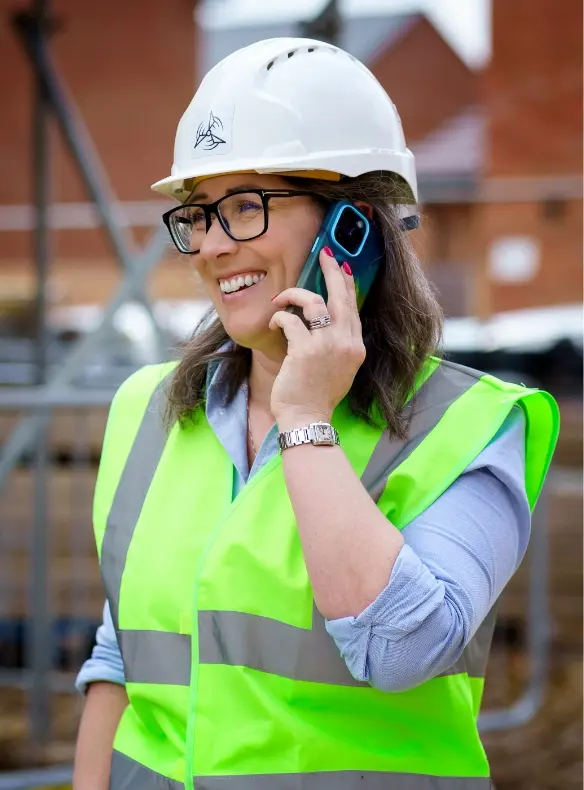
Part L / EPC SAP
Home > Part L / EPC SAP
Why are SAP Calculations essential?
All new build homes in the UK require SAP calculations to demonstrate compliance with Building Regulations Part L1A before construction begins. These calculations assess carbon emissions and thermal performance, ensuring your design is energy efficient and regulation ready.
Your SAP assessment produces an Energy Performance Certificate (EPC), rating the property from A (most efficient) to G (least efficient). High EPC ratings improve saleability, reduce running costs, and enhance sustainability credentials.
SAP for Extensions
If you’re planning an extension, SAP calculations under Part L1B may be required.
SAP for Conversions
Converting or changing the use of a building requires SAP calculations.
RdSAP (SAP for Existing Buildings)
RdSAP (Reduced Data SAP) is a simplified version of SAP used for existing dwellings.

